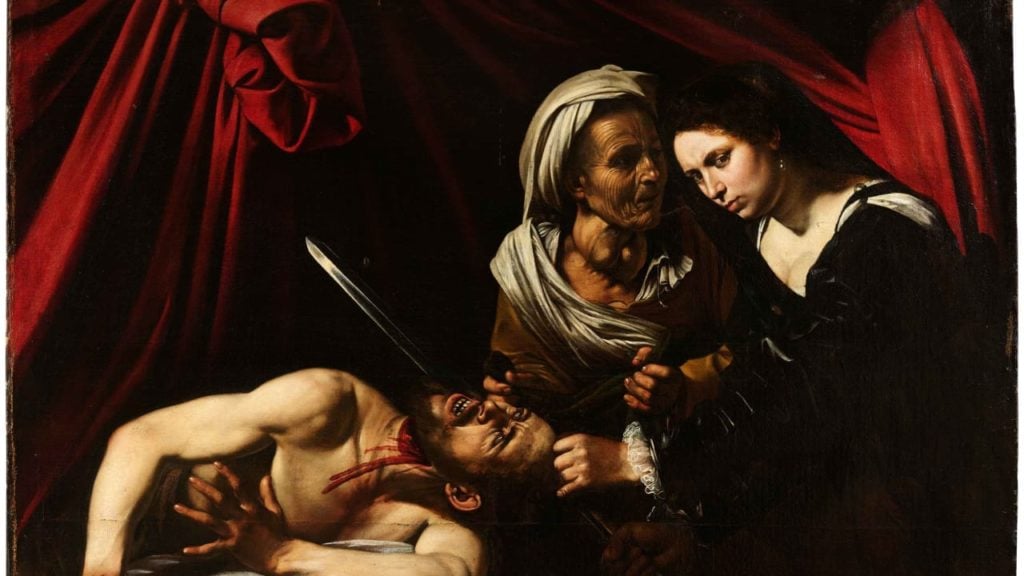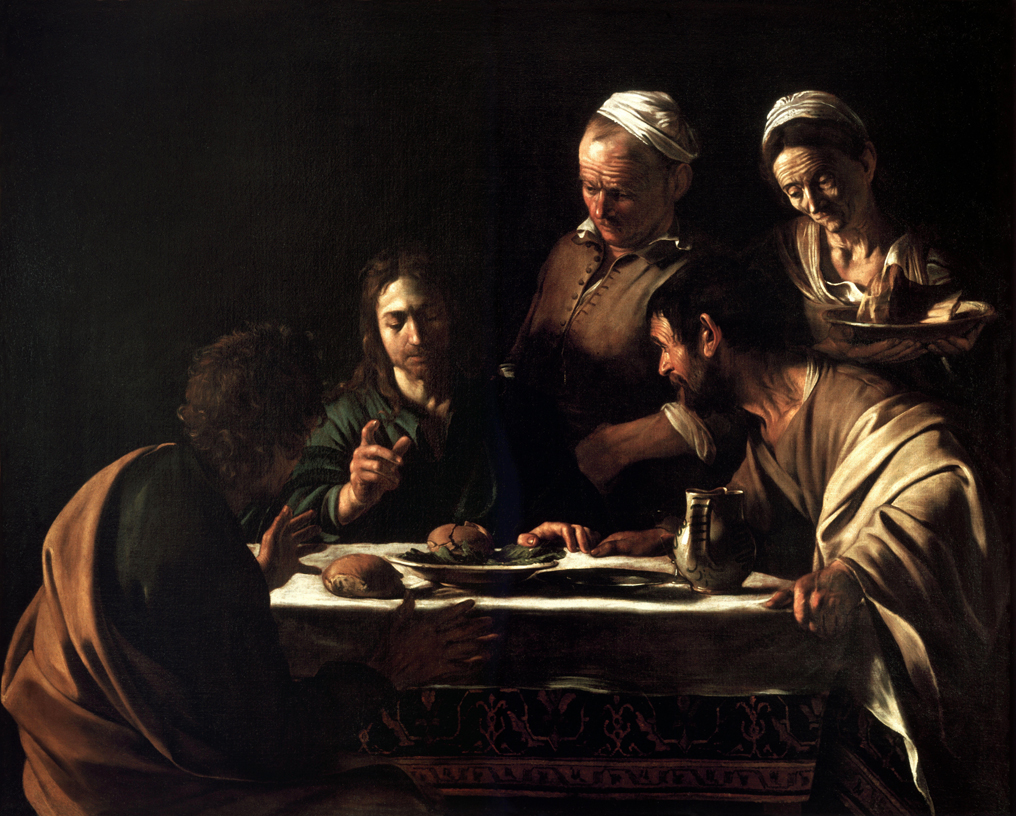Art & Exhibitions
Controversial New Caravaggio to Go on Public View for First Time
A museum advisory board member has resigned over the show.

A museum advisory board member has resigned over the show.

Sarah Cascone

The authenticity of the latest addition to the oeuvre of Italian Baroque great Caravaggio is the source of dispute among experts. Now, the public has a chance to decide for themselves, as the painting will have its first public viewing at Milan’s Pinacoteca di Brera, reports the Art Newspaper.
In April, news of the possible discovery of a new Caravaggio in France caused politicians to scramble to protect it. Before experts had even weighed in on the work, thought to be the long-lost second copy of Judith Beheading Holofernes, the French government had placed a preemptive export ban on the canvas, to prevent its sale to an international collector.
The painting, which was discovered in a French attic in 2014, is currently on the market with Parisian Old Master dealer Eric Turquin. He estimates that it could be worth up to €100 million ($113 million).
At the Brera, Judith Beheading Holofernes will be displayed alongside works from the museum collection including Caravaggio’s Supper at Emmaus, three paintings by his Flemish follower, Louis Finson, and a copy of his Mary Magdalen in Ecstasy (the original was also reportedly discovered in a private European collection in recent years).
The exhibition was organized by Nicola Spinosa, a Caravaggio specialist and former director of Naples’s Museo di Capodimonte, but not without some in-house opposition. On October 25, art historian Giovanni Agosti resigned from Brera’s advisory committee in protest, arguing that the museum was helping the owners drive up the price on the work by exhibiting it.

Caravaggio, Supper at Emmaus (1606). Courtesy of the Pinacoteca di Brera, Milan.
“Brera is a museum of the Italian state, not a commercial gallery or a banking foundation,” wrote Agosto in a letter to Brera director James Bradburne. Although the museum display will note that the Caravaggio attribution comes from the owners and has not been definitively verified, he argued that “presenting a painting in its rooms automatically confers authority on it.”
Bradburne brushed off Agosto’s concerns, telling TAN that all that matters is whether a painting makes sense for the given exhibition and “if it is of a quality that warrants being shown in a museum, which in this case—whether it is a Caravaggio or not—it certainly is.” He sees the exhibition as an opportunity for the public and experts alike to form their own opinion about the work.
It should be noted, however, that exhibiting recently-discovered Old Masters from private collections doesn’t always work out so well for museums. Two of the paintings now thought to be fakes linked to the developing Old Master forgery scandal were shown at London’s National Gallery and New York’s Metropolitan Museum of Art, calling into question whether the institutions had done enough to vet the artworks.
The Brera has an ongoing “Dialogues” series that pairs works from the museum collection with major loans. Rome’s Galleria Nazionale d’Arte Antica did not fulfill a requested loan of its original version of Judith for the show, but the exhibition does include a version of the composition by Finson.
“Caravaggio: Readings and Re-readings” will be on view at the Pinacoteca di Brera, Via Brera, 28, Milan, November 10, 2016–February 5, 2017.